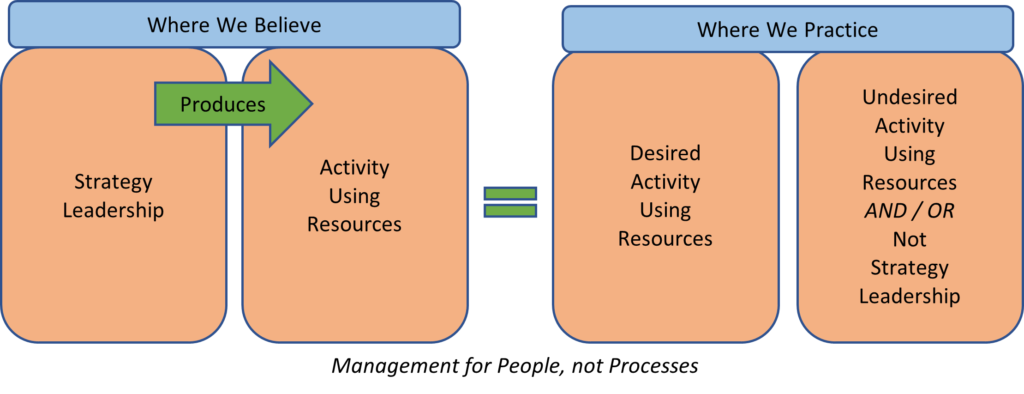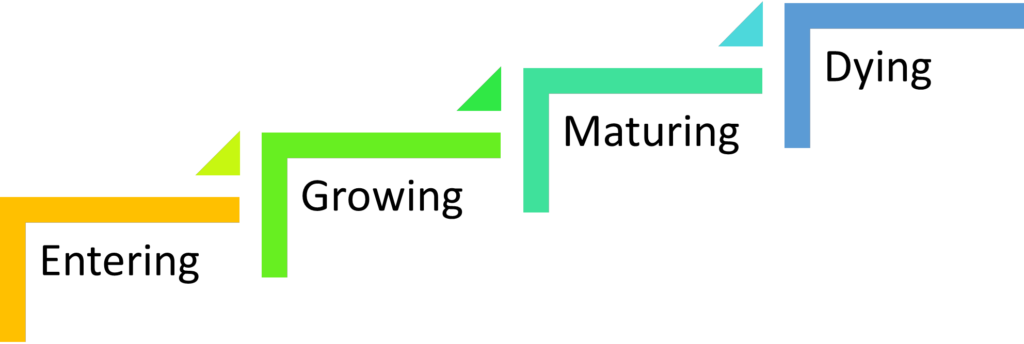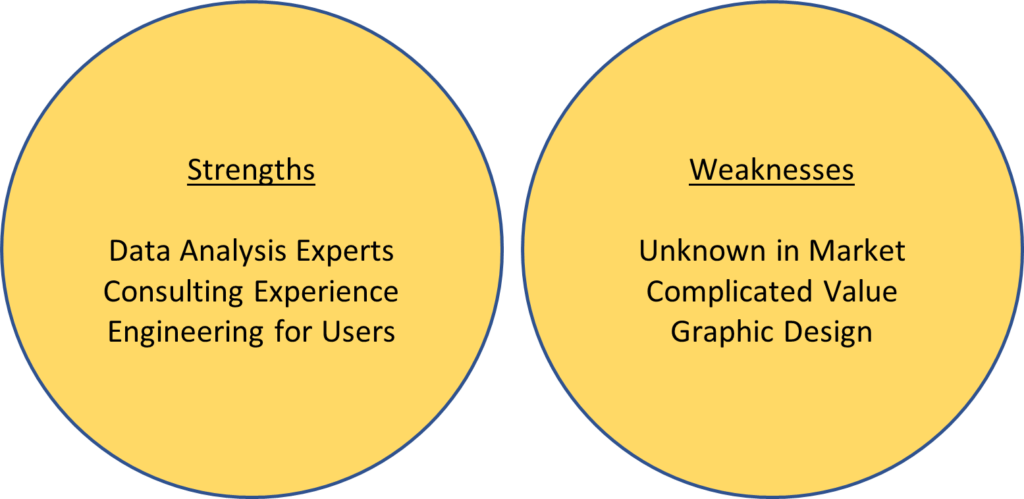Organized Action

Connect with me
‘From the Abundance of the Heart, Speaks the Mouth’
Regarding the graphic, ‘Out of Strategy and Leadership, Resources facilitate Activity’. In mathematics it is possible to see all results of the ‘If -Then’ formula. I break it down into 3 resulting areas and I use this formula to perform root cause analysis and to orderly develop strategy process.
This page addresses the Heart and Speech part of the formula. The Abundance addressed the topics of Vision, Mission, and Values. It is the crucial 1st step. The next step is to get a realistic picture of what the heart looks like and its ideal state. The Heart expresses itself in Speaking. The activities and speech of the organization and its individuals reflect the current state of affairs. How are things now compared with the ideal (goals)? Strategy will be tailored according to the organization and its individuals.
… the Heart, Speaks …

OR
My Strengths
I am organized and administratively inclined and find that these areas provide meaningful servant leadership. Good strategy requires data collection in a way that can be reviewed meaningfully. There needs to be a system that collects data and can report it. I have served as General Manager, Sales Manager, Customer Service in the service industry and know firsthand how important it is to listen to others. When listening for understanding occurs, connection with people is strengthened.
I create, innovate, and generate ideas using available data such as text, patterns in numbers, music patterns, demographic studies, and philosophy. In regard to people, I use their feedback to organize ideas. In whatever I do, I want to make a difference with people, not simply for the sake of process. This happens in all areas of recruiting, unifying, multiplying, developing, and implementing processes for people.
My strengths in management are in the Planning and Controlling phases.
Analysis
Analysis includes many things. Here I want to keep things simple and attached to strategy. It is also efficient to recognize that part of analysis is fact finding, but these facts are tied to questions that need to be asked with some sort of ideal. In the end, data collected and reported should be relevant and meaningful.
Leadership requires on purpose actions with purpose. Ideals, or goals, help others grow from their current state towards the ideals, within the framework of the Vision, Mission, and Values.
Take some time to consider ‘what is’. I call it the ‘speaking’ part. How is the organization speaking and behaving? What are they involved in? What are they like? What and how do they share with others? What is selling, not selling, and how? What is growing and not growing, and why? Who is growing / not growing in the organization, who has been promoted / not promoted, how, and why? Speaking is a result of belief. All of these actions are results of leadership and the vision, mission, and values. There will be strengths and weaknesses. Know where people are, envision where you would like them to be, and then lead them there.
Lifecycle
Organisms and Organizations have lifecycles. This applies on a macro and micro scale. It is important to evaluate the organization, product line, individuals, etc. That may sound cold here, but it’s not. It’s leading on purpose, with purpose.


Considering the current state, consider the desired state. Who is accountable, or the leader, for each of these? What metrics can you involve that lead to growth? How and where will you track them? Who in leadership will be included?
How people and groups connect? Hierarchy? Groups? Individuals? Is connection working properly? What is desired? What tools are being used? Are they being used?
Strengths and Weaknesses, Capabilities Analysis
What are the strengths and weaknesses of the organization, the resources, and the people? (The S.W. in S.W.O.T. analysis) This is difficult and should only be shared with wisdom. This is judgement to many people. In fact, it is discernment for Leadership. Leaders do things on purpose to move people from one state of being to another state of being. If this isn’t done, leadership will falter and die. When that happens, nothing changes and eventually the organization begins to die as well. Teach leaders how to do this, how to track and monitor, and how to share with wisdom.


Resources
Listing resources not only helps people, but it also identifies ways to get individuals invested in receiving and giving to others in the organization. I always recommend a general training class that covers the Vision, Mission, and Values of the organization. What other training is available and on what mediums? What are the abilities and talents of the people? Can they be further used to help others? Can they be nurtured?
What resource material are the groups using? Are they all the same? What are the guidelines, is there an approval leader? Do you want a centralized resource source? What manuals should be the same, what are flexible? Do you have, and/or what are your introductory classes or teaching? Are they classes, pamphlets, etc.?

Demographics
Demographics covers many things. Generally, it is detailed information about people grouped into meaningful and actionable categories. How we interact with people is dependent on understanding them genuinely. Use demographic information to engage with people, get them involved, and get customers buying.
Metrics and Meetings
List all metrics you have including ones that involve people. What metrics are you lacking? If things continue ‘as is’, what do your metrics look like in 1 year, 5 years, etc.? What is your realistic ideal metric looking like in 1 year, 5 years, etc.?
How often do groups meet (e.g. weekly meetings, quarterly training, etc.)? What groups should join other groups and how often? What is ideal for each group and groupings?
Wrap Up
When analysis is performed with notes about ‘what is’ and notes about ‘what should be’, it is time to compare and consider. Knowing the vision, mission, and values, brainstorm ways on how the organization can grow. Some areas simply need nurturing, others need to be pulled, and still others need serious attention.
What should stay the same? What should change? What should go away? Another way of looking at this last question is to ask, ‘If this product/program/group/material’ went away, would anyone notice? Should they?’.
Develop plans from the ideas and start putting timelines on them. Cleaning the bathroom may take a day while implementing a food pantry may take a year. Have metrics! Use them to make wise decisions and to lead effectively.
The MOST IMPORTANT thing an organization can do to grow is to involve the people! Lead them according to vision, mission, and values, with meaningful and appreciative leadership. People support what they are a part of creating. This is sustainable action.
OR